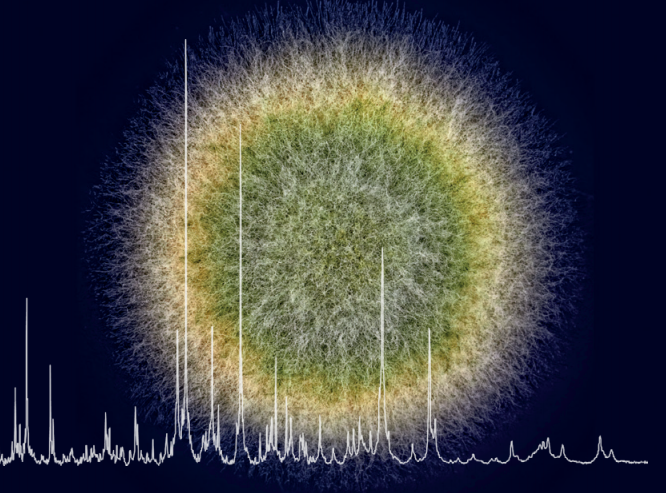SUMMARY: MALDI-ToF mass spectrometry has proven useful in identifying bacteria in clinical samples, but the technology has lagged behind in its use for filamentous fungi. Dr Stein and colleagues in Canada compared three libraries (MSI, Bruker v1.0 and NIH) for their ability to identify clinical and reference strains.
MALDI-ToF MS is a mass spectrometry technique that has revolutionised identification of bacteria in clinical samples, but whose use for filamentous fungi has been limited by the available strain/species libraries. Libraries may be lacking in number of genera/species, or clinical strains, or be tied to one particular platform (e.g. VITEK® MS, Bruker Microflex).
Dr Markus Stein and colleagues compared the ability of three libraries to identify fungi at three hospital laboratories in Canada. In total, 63 reference strains and 158 local clinical isolates were tested, following growth on solid agar from a variety of sample types (blood, BAL, skin, nails, etc). They used the Bruker MicroflexTM system to generate spectra that were then analysed using three different libraries: MSI 2016 library (Normand et al, 2017); Bruker Filamentous Fungi Library v1.0 (v2.0 now available); NIH library database (Lau et al, 2013).
- Around a quarter (23%) of moulds could not be identified even to genus by any of these libraries, which was similar to conventional identification methods (24%). In some cases, this was due to suboptimal extraction, but the authors suggest some may be non-clinically-relevant environmental contaminants that are not included in any of the libraries.
- Where identifications were made, they generally (95-98%) agreed with those made using Sanger sequencing (ITS2 etc).
- The Bruker software can be used on multiple libraries, which improved the identification rate.
- Dermatophytes were particularly challenging to identify.
As more and better MALDI-ToF libraries become available it seems likely than more labs will take up this technology. However, there are several challenges to be met. More than 350,000 species of fungi are listed in Mycobank, of which around 600 are clinically relevant moulds – and the number of strains needed to fully represent each species is not yet clear. Also, frequent changes in taxonomy and nomenclature will continue to complicate reporting of results.
- Read the article: Stein et al (2018) Mycoses 61:743-53
- Read a detailed FEMS Microbiology Review about the principles, applications and performance of MALDI-ToF in clinical microbiology: Croxatto et al (2012)
| Library | MSI library (2016) | Bruker filamentous Fungi Library v1.0 (2012) | NIH library (2013) |
| Number of genera | 246 | 43 | 76 |
| Number of species | 909 | 127 | 152 |
| Number of strains | 2013 | 127 | 294 |
| ID rate to genus | 72% | 34% | 50% |
| ID rate to species | 72% | 14% | 20% |
| Accuracy (match to Sanger sequencing) | 97% | 95% | 98% |
| Reference | Normand et al | v1.0 brochure | Lau et al |


